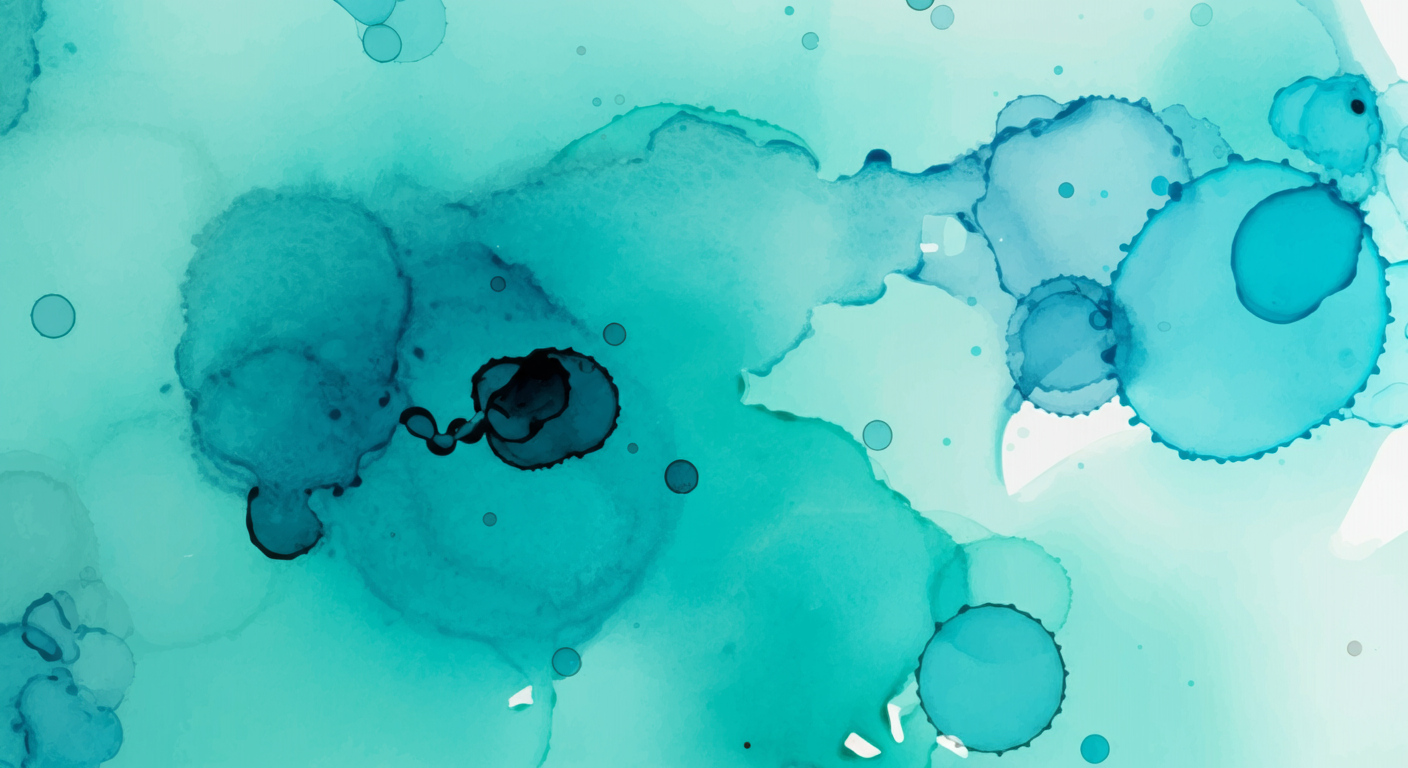RESOURCES FOR TESTING
The Colorado Department of Public Health & Environment offers free radon test kits, one kit per home.
To secure your free test kit, click the button below, and you will be redirected to the form submission page. Simply fill out the form and submit. Orders are typically delivered in 1-2 weeks but may take longer in some cases.
Many local hardware stores offer low-cost radon test kits for immediate purchase. To ensure the accuracy of your test, look for a kit that is NRPP (National Radon Proficiency Program), NRSB (National Radon Safety Board), or EPA (Environmental Protection Agency) certified.
The time of year you test can impact your results. Radon levels tend to increase during the winter months primarily due to the combination of home heating practices and atmospheric conditions.
As temperatures drop, homeowners typically seal their properties to conserve heat, which inadvertently restricts ventilation. This reduced airflow causes indoor radon levels to rise. Additionally, cold temperatures increase the air pressure indoors, causing more air (and deadly radon) to be pulled in from the ground.
Proper testing and mitigation are essential to ensure indoor environments remain safe during the cold months.

What is radon?
How does it impact your health?
Radon is a naturally occurring, odorless, colorless, tasteless, radioactive gas. It is created from decaying particles (uranium, thorium, and radium) deep beneath the earth’s surface. As this gas is released from underground, it rises into the atmosphere and becomes part of the air we breathe.
Outdoors, the radon is quickly diluted down to safe levels, posing no real danger to people. In buildings and homes, however, radon has the potential to accumulate (the Enviromental Protection Agency recommends taking steps when levels exceed 4.0pCi/L). These dangerous levels can significantly increase the risk of lung cancer.
Radon is the leading cause of lung cancer in non-smokers, and the second leading cause of lung cancer overall. When we breath air that contains high levels of radon, the radioactive particles get trapped in the lungs, greatly increasing the risk of developing lung cancer. Radon is responsible for over 20,000 lung cancer deaths a year and Colorado ranks in the top 10 for states with the highest levels of radon.
Given the dangers that radon poses to health and safety, it is crucial for homeowners to test and take necessary action if elevated levels are found. A radon mitigation system is a simple solution to protect against the dangers of radon exposure.

Frequently Asked Questions
How long does installation take? Does someone need to be home?
A typical installation usually takes about 5 hours depending on the home or structure. While it is preferred to have someone present at the time of service, we work with customers on a case-by-case basis to determine what works best for your schedule. That being said, we require access to the interior to complete the installation process.
Do I need to do anything to maintain my new radon mitigation system?
Once the system is installed and operating, no maintenance is required to keep your home protected from elevated radon levels! We stand by our installs with a workmanship and 5-year radon level guarantee (below 4.0 pCi/L). If, for any reason, you suspect your system is not working properly or you find your radon levels increasing, we will come back, free of charge, and thoroughly evaluate the situation and come up with an innovative solution to ensure reduced radon levels.
What is a pCi/L?
A picocurie (pCi)is a unit of measurement for radioactivity. Since radon is a gas, it is measured in picocuries per liter of air (pCi/L). According to the Surgeon General’s Office, you should test your home every 2 years to ensure safe radon levels. The EPA recommends taking action if your radon levels exceed 4.0pCi/L.

